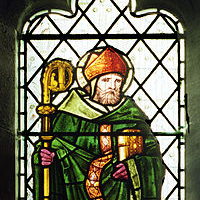ROBERT GROSSETESTE: A MEDIEVAL THINKER WITH A LEGACY FOR MODERN SCIENCE
DOI:
https://doi.org/10.4081/scienze.2021.767Abstract
Robert Grosseteste (ca. 1170-1253) was one of the first scholars to embed the newly rediscovered ideas of Aristotle into medieval natural philosophy. In a series of short scientific treatises written between about 1215 and 1230 he focused on explaining why, rather than how, the natural world behaves as it does. He adopted a principle of subalternation in which complex phenomena could be understood in terms of simpler underlying behaviour that could be tested by observation. For example, he explained the features of the rainbow in terms of optics, which in turn could be explained by geometry. Grosseteste’s “Big Bang” theory of the formation of the universe, based on the expansion of light from a point, is founded on the need to explain the stability of solid matter. Although surviving manuscripts do contain almost no diagrams, it is evident that he thought both mathematically and pictorially in developing a unified model of natural phenomena. In a unique interdisciplinary collaboration between historians, philosophers, palaeographers, linguists, artists and scientists (www.ordered-universe.com) we have shown how detailed examination of Grosseteste’s science can stimulate both new contemporary scientific research and artistic creativity.
Downloads


